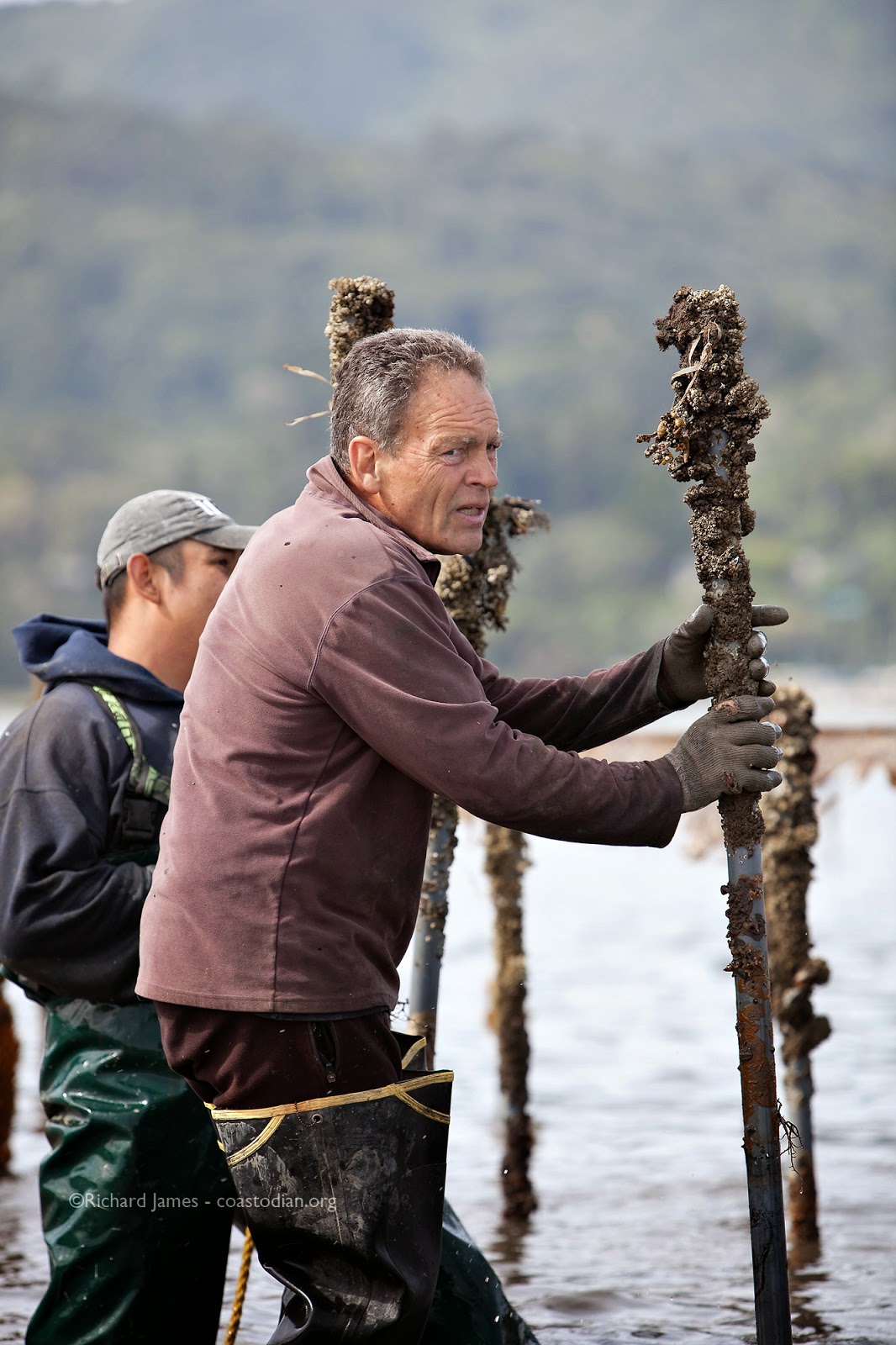Update 8/14: Ranchers leave organization after DBOC owner Kevin Lunny mails letters without consulting other ranchers, purporting to represent the Association.
In protest of letters and documents being mailed without consulting ranchers who belong to the Point Reyes Seashore Ranchers Association, over half of the members have resigned. It has come to light that the letter referenced below, asking the Drakes Bay Oyster Company "cannery" buildings be retained, was mailed by a sub-committee headed by Kevin Lunny whose ranch would benefit the most. Another document referenced in the resignation letter was one which had additional comments added which were reported to have been written by Drakes Bay Oyster Company attorneys, added after the original document had been signed off on by members, again without consulting other members.
Copied below is the resignation letter and explanatory comment from the West Marin Citizen social media site, followed by an image of where the ranches are located. Cut off from the bottom is the following:
"But reckless is how Drakes Bay Oyster Company has behaved, disregarding the ranchers with whom they share our publicly owned Point Reyes Peninsula."
Copy of resignation letter sent to the Association.
(click to enlarge)
Ranches circled in red are no longer members.
*The "Rogers Ranch" is part of the M Ranch.
__________________________________________________________
Beef jerky for sale on Drakes Estero. Will
the Department of Health allow a change of use?
Outlet for beef products is proposed on Drakes Estero
The National Park Service has been asked to prevent the buildings used by Drakes Bay Oyster Company from being disassembled. The Point Reyes Seashore Ranchers Association is requesting NPS consider retaining the buildings which include processing facilities, a small retail stand, housing and trailers, and restroom facilities. It is felt by the Association the retail outlet could be used to sell beef products such as beef jerky, the restroom and running water could be used by kayakers and visitors, and the housing could be used by ranch workers or others looking for inexpensive housing in west Marin County.
Structures in disrepair seen at high tide,
a level which will only rise with time and storms.
Are these buildings worth saving?
As seen above the buildings have not been kept in the best of shape by the current tenant. The expense of repairing and making safe any of the structures is unknown, as is who would incur the cost. Perhaps more important is the rising sea level, something which already results in the retail outlet being flooded at the higher tides, as seen above and below in pictures taken last December.
High tide, on a calm day, in December 2013
floods the building. The public
restroom facility is seen in the background.
Water and restrooms on a rising tide - a healthy proposition?
As noted above, included in the suggestion is retaining the retail outlet and the public restroom facility and running fresh water. The latter are felt to be useful for kayakers and others who visit the site. In addition to the location's remote location is the that higher tides already flood the retail facility and, as seen above, come close to doing the same for the public restrooms. Agencies responsible for food and water safety will all need to consider whether these buildings are worth saving.













































